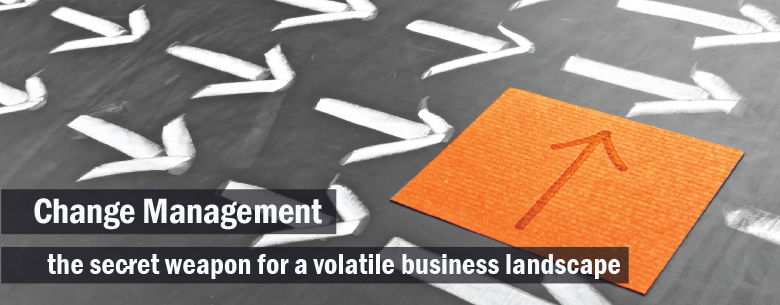Artificial Intelligence and end-to-end automation seem to be the buzz word in business and technology circles these days. These are technologies that are bringing about radical changes to the way businesses are run on a day to day basis.The operational efficiency and customer experience thesetechnologies bring in are unparalleled and it is predicted that almost all organizations will significantly adopt AI and end-to end automation in several processes in the next few years.
While these technologies are brilliant in themselves it is far too utopian to think that they will replace humans completely in the organization. These technologies will simply replace repetitive work within a process pushing the employees into roles that require more cognitive thinking much like how the world doesn’t need ledger keepers or typists anymor. Technology used to change only once every 8-10 years until a decade ago, now it does every year and in some organizations much faster. If this change was not enough most sectors are governed by ever-changing regulatory compliance, employee role changes and attrition. Mergers and acquisitions bring about large scale changes which are driven by people, process and technology integration.
This leaves an obvious elephant in the room (or in the city office!) – Managing Change effectively and completely.
Like all good practices, Change Management too is a culturethat is inculcated within the organization. Change is the most difficult aspect of human behaviour to achieve and Employees need to be sensitized about the benefits change will bring about in their own job roles. This cultural shift is entirely driven by the stakeholders at the Board level ensuring that the Executive Management buys into the concepts and more importantly believes in it.
Another critical aspect is choosing the right methods and tools for business change. Employees make changes to technology, employees conduct impact analysis, employees make changes to processes, employees need to adhere to regulatory polices, employees need to use changed technology to deliver superior services to customers. Yet employees are provided with yesteryear’s change management methods and tools.
[Tweet “Change #Management – the secret weapon for a volatile #business landscape”]
While operations and regulatory compliance impact analysis tools are virtually non-existent out of the box, change related competency enhancements are carried out by outdated tools such as a learning management systems or e-learning tools. Change information related to the process itself is embedded inside complex BPM tools that can be decoded only by analysts or technology folks and documentation tools provide the repository of business information documents that runs into hundreds of pages, defeating the very purpose of easy change management.
Most organizations are using one or more of these tools to achieve change management, which in itself has a fundamental flaw. These are not integrated systems that target employee experience during change management. Change Management should be driven by simple visual process information that can be interpreted without ambiguity across the organization. It should integrate regulatory information, IT system information and documentation related only to the specific process that is being accessed. The employee should be able to only see the information pertaining to her everyday work, nothing more nothing less. She should be able to understand all of this in a couple of minutes and not need to spend hours trying to link and put together various pieces of information she is seeking by herself. Finally, the management must have superior tools to investigate the impact of any operational or regulatory change and have an easy way to broadcast, collect acknowledgement and test the knowledge about the change of the employees. All of these must work in one single system to make change truly effective.
Change Management is one of the most complex organizational challenges because it involves large set of people. It is imperative that the following steps are considered to make it potent:
Make employees the focus from the planning stage of any transformation or change management programme
Choose the right technology tools to engage the employees effectively. If their buy-in is subpar then the effectiveness of any initiative is limited.
Ensure that all elements of the organizations that need to be consumed viz. processes, regulations, documents, procedures and policies, technology system information,are completely integrated with one another.
Deliver only role specific information to each employee, this cuts the clutter and helps find the right information at the right time easier.
Each set of information need to be kept “bite-size” and contextual. This ensures that the information is easily digested.
Supervisors must analyze the inter-connectedness of each organization elements with one another. E.g. What processes and IT system functionality change because of a regulatory change, in turn how many locations and employee roles are affected?
Have a realistic approach to understand the employee awareness of the change. E.g. (a) Have a quick 2 min objective type online test about the change, 45 days after the change has been communicated. (b) analyze the number of hits a particular information gets from each employee role.
Build in effective feedback loop from the employees. This helps in fine tuning the method and tools.
Finally, one needs to be pragmatic and not over engineer the methods or the tools. Like most things in life, keeping it simple helps in making change management, manageable.

